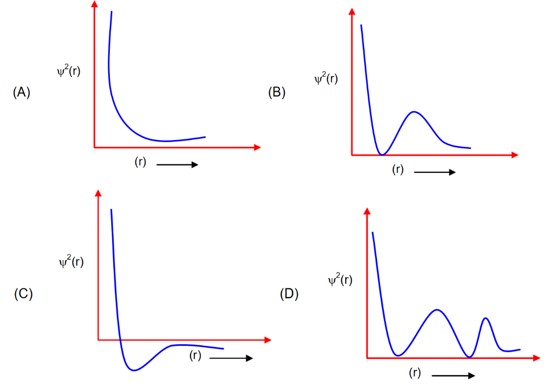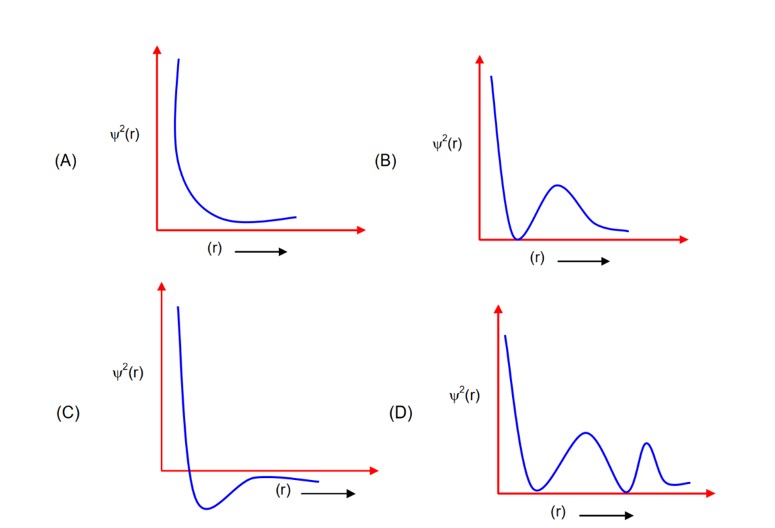Structure of Atom
Get insights from 126 questions on Structure of Atom, answered by students, alumni, and experts. You may also ask and answer any question you like about Structure of Atom
Follow Ask QuestionQuestions
Discussions
Active Users
Followers
New answer posted
2 months agoContributor-Level 10
It talks about the atom. According to the Greek philosophers earlier, the atoms were the smallest part of matter that cannot be further divisible. Later, Dalton's atomic theory suggested that atom is the ultimate particle of matter. This theory was challenged later on by experiments done towards the end of the 19th and beginning of the 20th century. These experiments found that atoms are made up of electrons, protons and neutrons.
New answer posted
2 months agoContributor-Level 6
JJ Thomson, through the cathode ray tube experiment, discovered electrons. He passes the electricity from the tube and sees rays coming from the negative end. These are tiny negatively charged particles, he named them electrons.
New answer posted
2 months agoContributor-Level 6
JJ Thomson's model of the atom proposed that an atom is like a sphere (pudding) and electrons are spread around it like a plum or chocolate chips. Basically atom is overall neutral.
New answer posted
2 months agoContributor-Level 6
The structure of an atom reflects how the atom is made, which includes the nucleus at the centre where protons and neutrons are present, and electrons revolving around the nucleus.
New answer posted
2 months agoContributor-Level 10
For 2S, number of radial moles = and will always be positive
it has one radial node and it is positive.
New answer posted
2 months agoContributor-Level 10
Radius of Bohr's orbit
Radius of Bohr's orbit for hydrogen,
For third orbit (R3) = = r3 and
Fourth orbit (R4) =
New answer posted
2 months agoNew answer posted
2 months agoContributor-Level 10
For 2S, number of radial moles = and will always be positive
it has one radial node and it is positive.
Taking an Exam? Selecting a College?
Get authentic answers from experts, students and alumni that you won't find anywhere else
Sign Up on ShikshaOn Shiksha, get access to
- 66k Colleges
- 1.2k Exams
- 680k Reviews
- 1800k Answers


